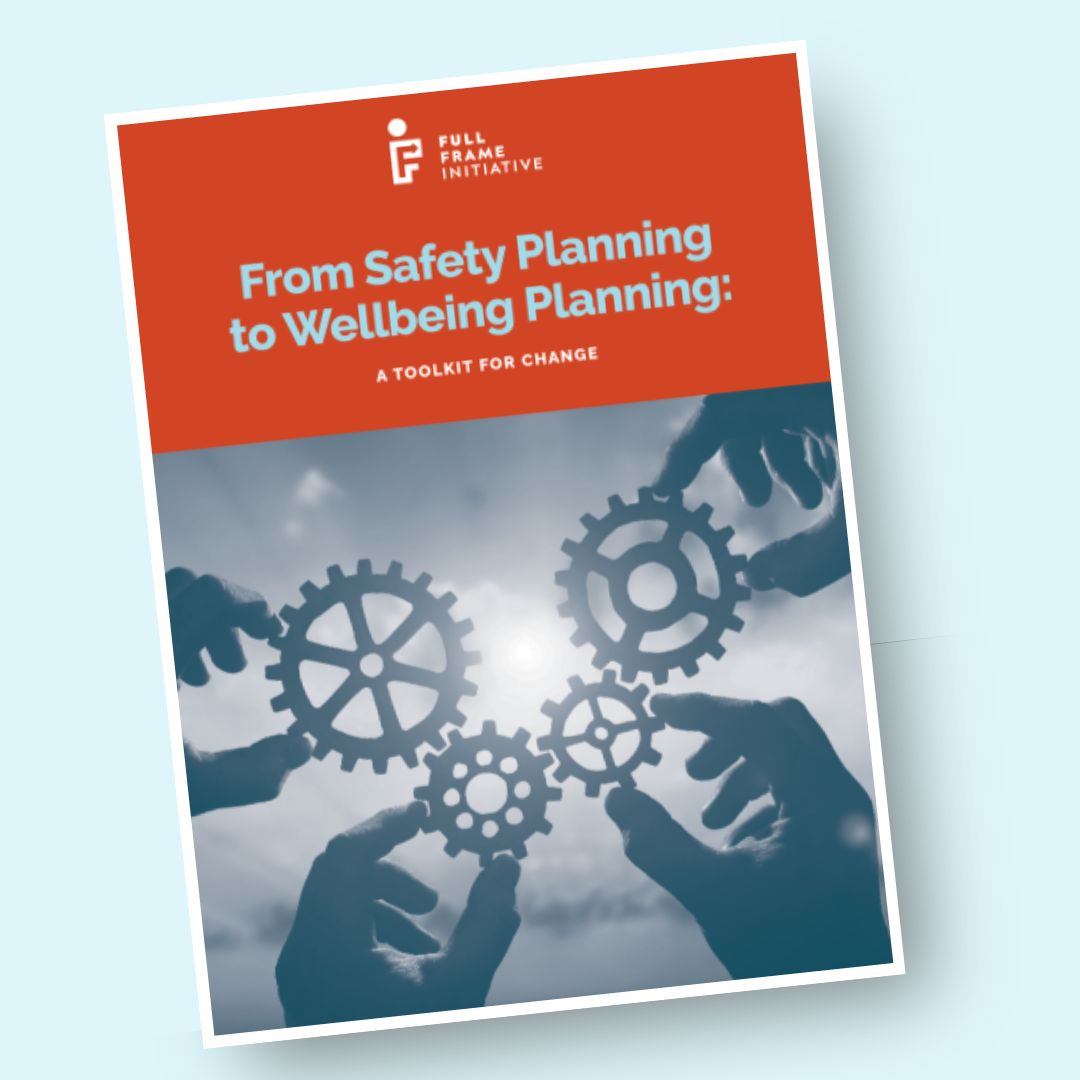
Learn how domestic violence practitioners can shift from a singular focus on short-term safety toward increasing survivor safety in the context of creating opportunities to support long-term wellbeing.
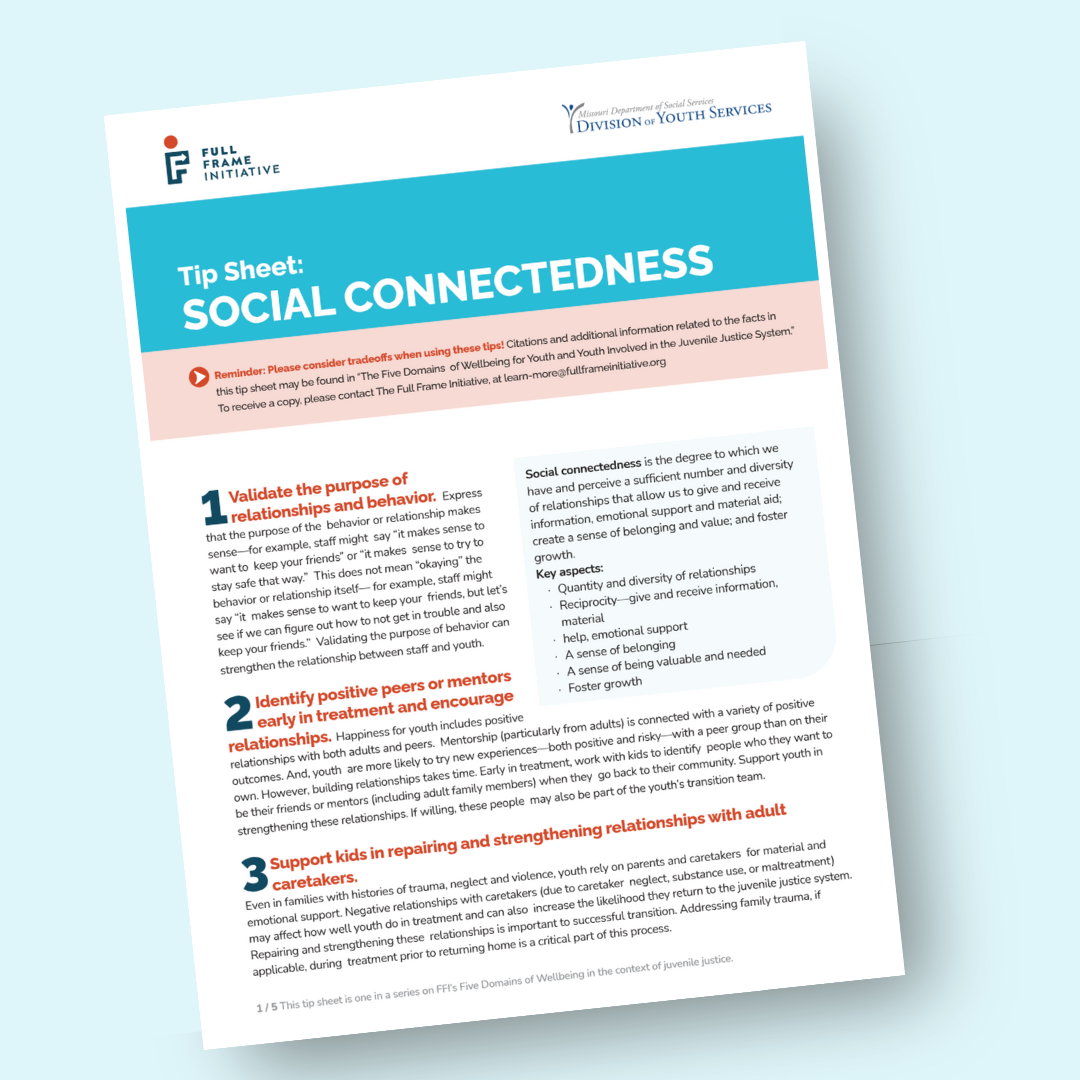
Download the tips sheet for definitions of each of the five domains of wellbeing and how to connect them to supporting youth wellbeing.
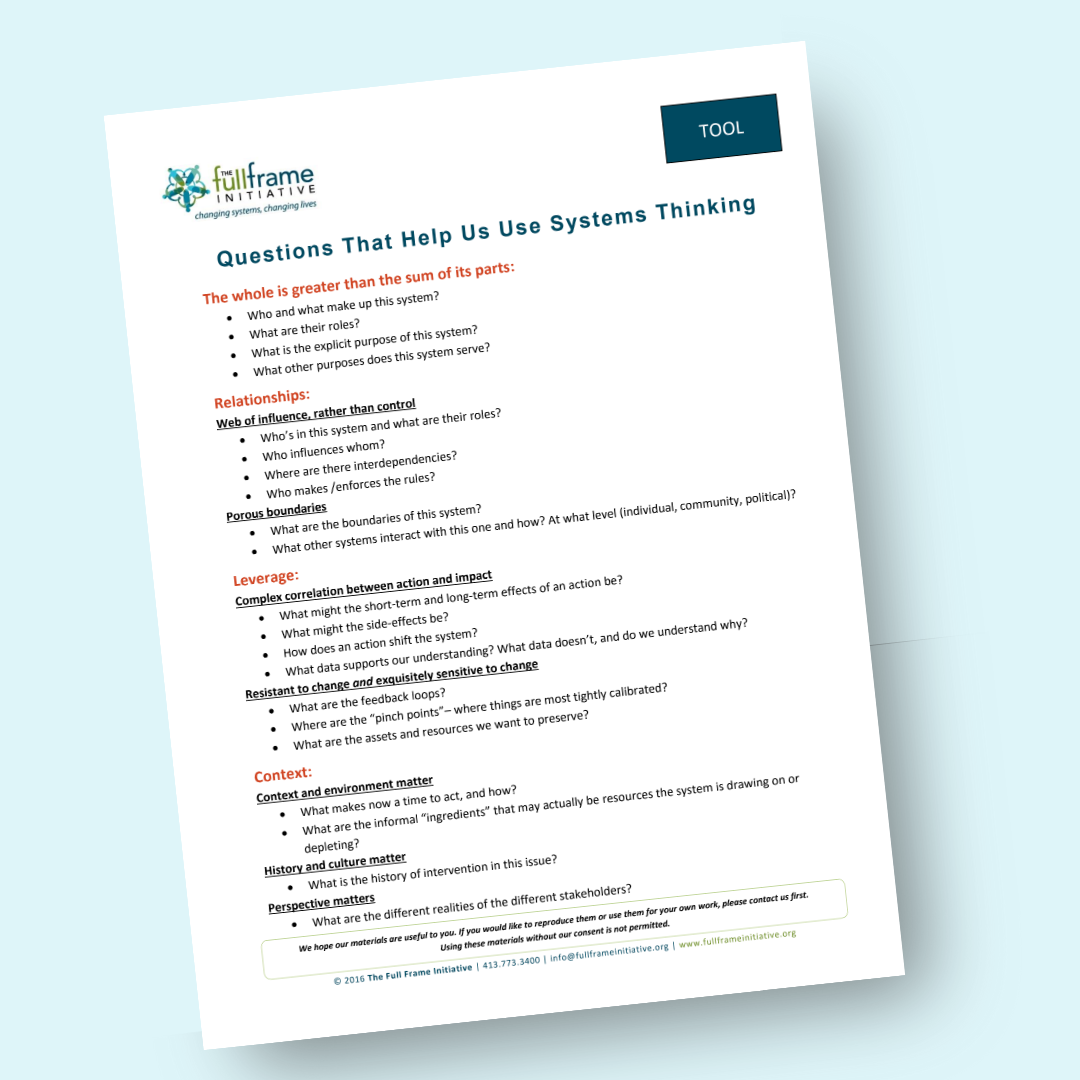
If you are looking to shift your systems, this resource includes questions to activate systems thinking.
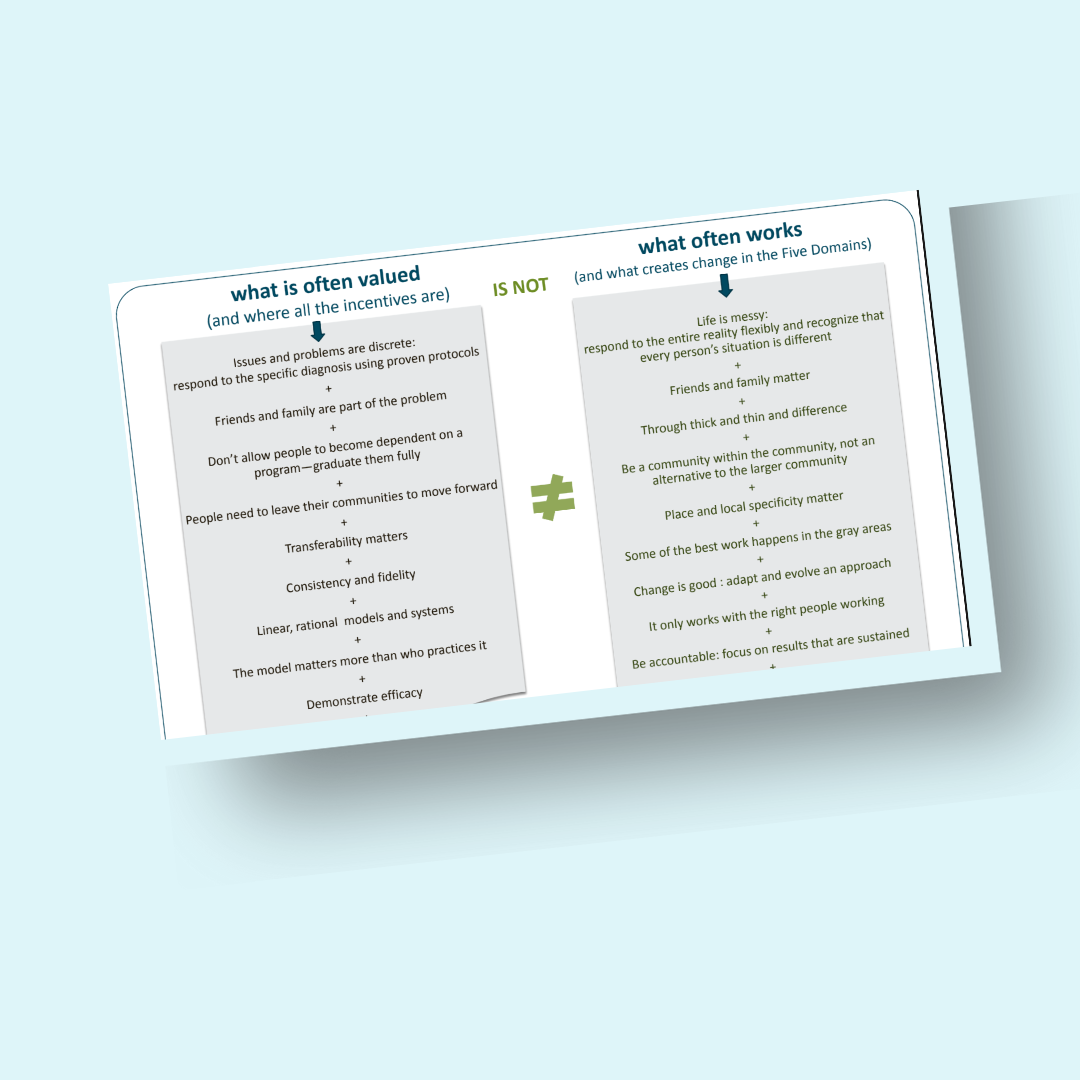
Our existing systems often value and incentivize certain characteristics.

This slide compares non-trauma-informed, trauma-informed, and wellbeing-centered approaches, emphasizing that wellbeing design must be rooted in trauma-informed care.
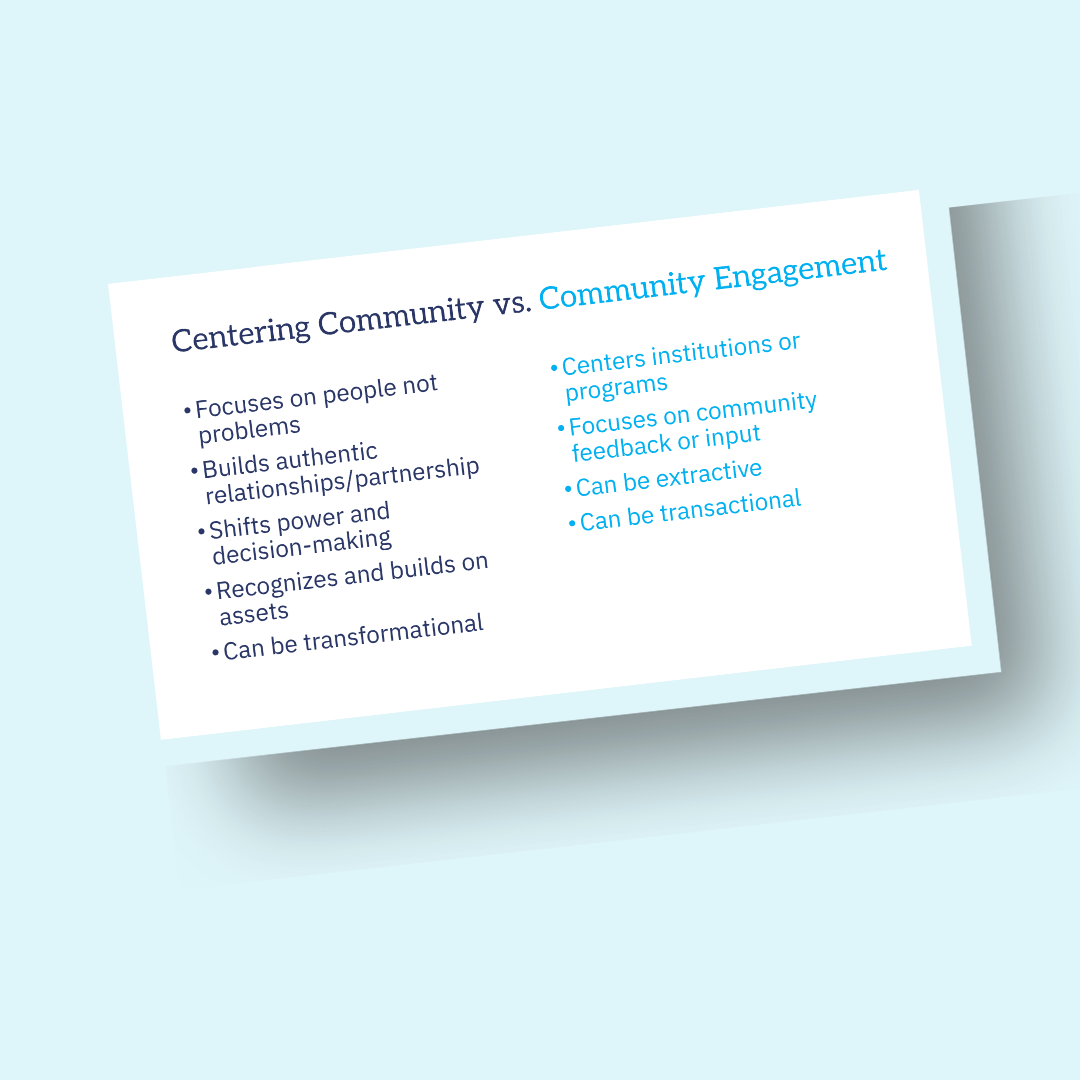
This slide highlights the differences between traditional community engagement and centering community.

Rich Hill is a documentary film that tells the story of young boys in Missouri experiencing poverty.

This slide illustrates the difference between traditional case management and plan facilitation that focuses on what matters to the individual and shifts power.

This slide illustrates the difference between safety planning and wellbeing planning to support the case planning process with the wellbeing framework embedded.

This slide illustrates the difference between traditional assessment and using co-assessment with the wellbeing framework embedded.

These workbooks (one for adults, one for teens and one for kids) are designed to help people identify what's working, and what's getting in the way of their journey toward wellbeing.
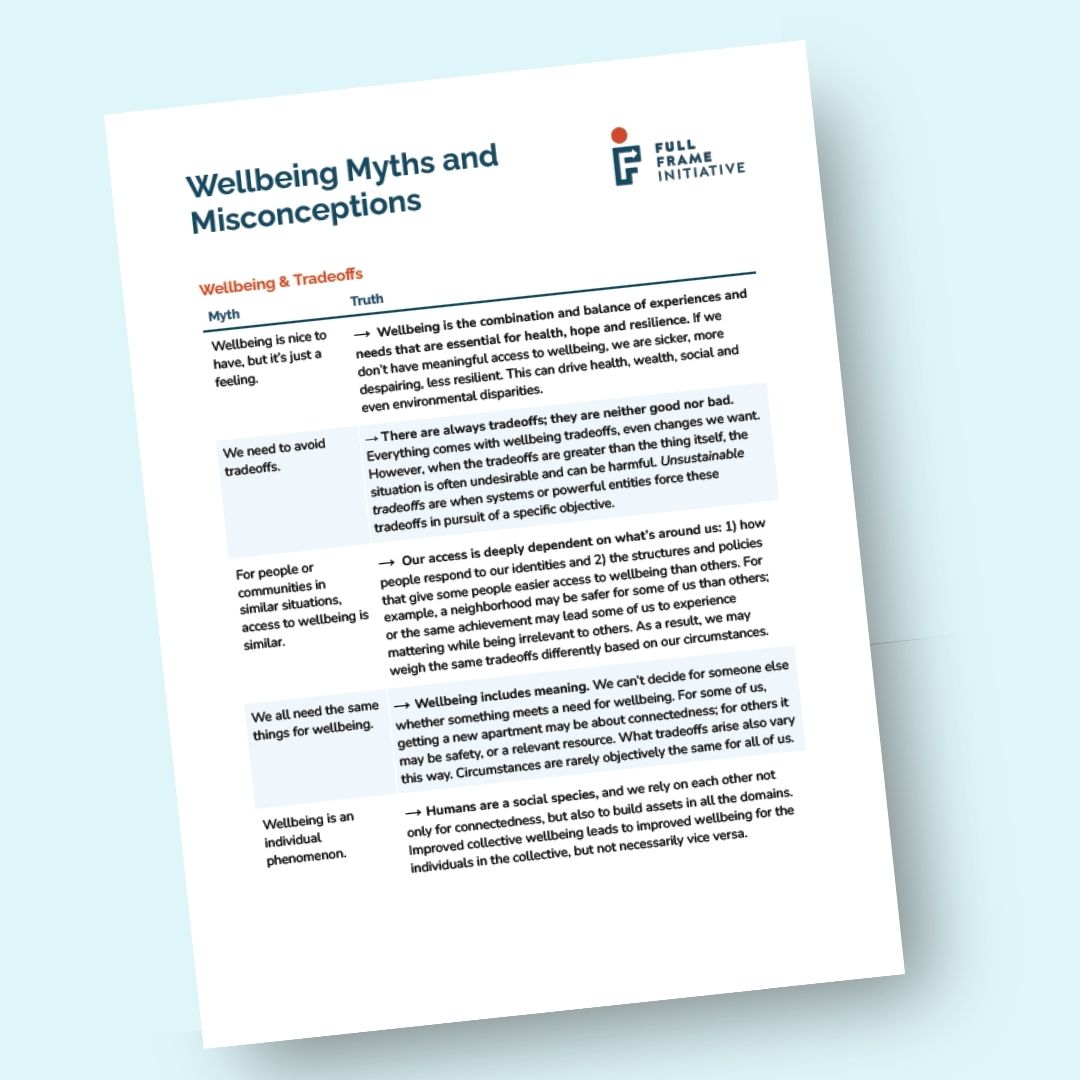
Wellbeing isn't just a "nice to have." In this resource, we break down the myths and misconceptions about wellbeing and tradeoffs.